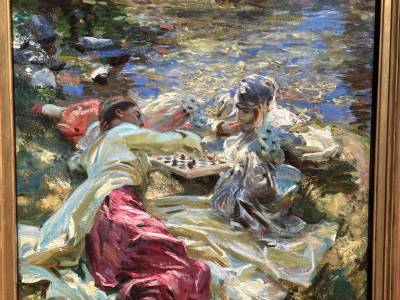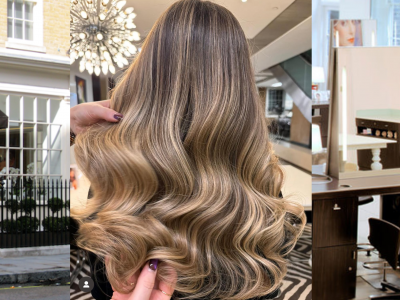To be painted by John Singer Sargent was to have arrived. The American portrait artist painted the great and the good, and especially the rich – in his heyday his commissions commanded 1,000 guineas a pop. But what to wear? This dilemma was usually taken out of the hands of his sitters, as Sargent gave uncompromising direction on sartorial matters and it was he who chose the dress, instructing his sitters to bring several options for him to choose from or even improvising with garments and fragments of material lying about his studio. The painter had the keenest eye for fashion, frocks and fabrics, and he instinctively knew how to make his subject look supremely glamorous.
Dazzling Sargent and Fashion at Tate Britain Review
9th March 2024
A landmark exhibition on John Singer Sargent has opened at Tate Britain, and 'Sargent and Fashion' explores his portraits through the prism of his sitters’ attire, nearly 100 years after the artist’s death. Sargent had the keenest eye for fashion, frocks and fabrics and the results are both delicious and dazzling, says Lisa Barnard in her review.


Mrs Carl Meyer and her Children, 1896
Tate. Photo © Tate
Sargent’s parents were American and he lived in Paris, which in the 19th century was already Europe’s beacon of style. Maison Worth in Paris, for example, was the go-to address for American ladies, and displayed amongst the portraits are three elaborate gowns from House of Worth, which belonged to Sarah Choate, a Boston philanthropist and collector and patron of Sargent. It is in seeing the original dress alongside the portrait which makes these come alive.
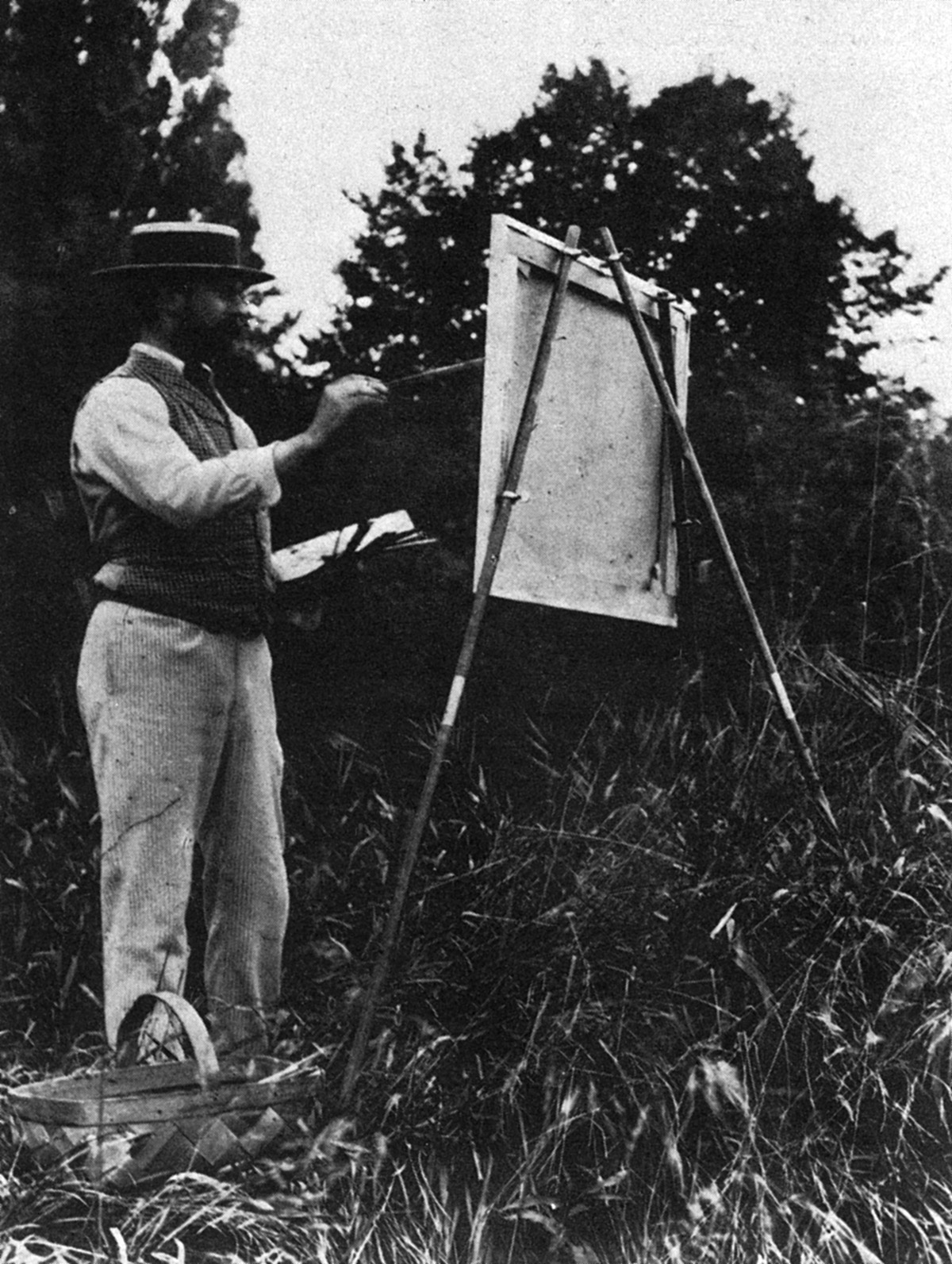
American portrait artist John Singer Sargent (1856-1925) painting outdoors circa 1888-9, possibly at Fladbury or Calcot.
Unattributed photograph in The Illustrated London News - July 1979
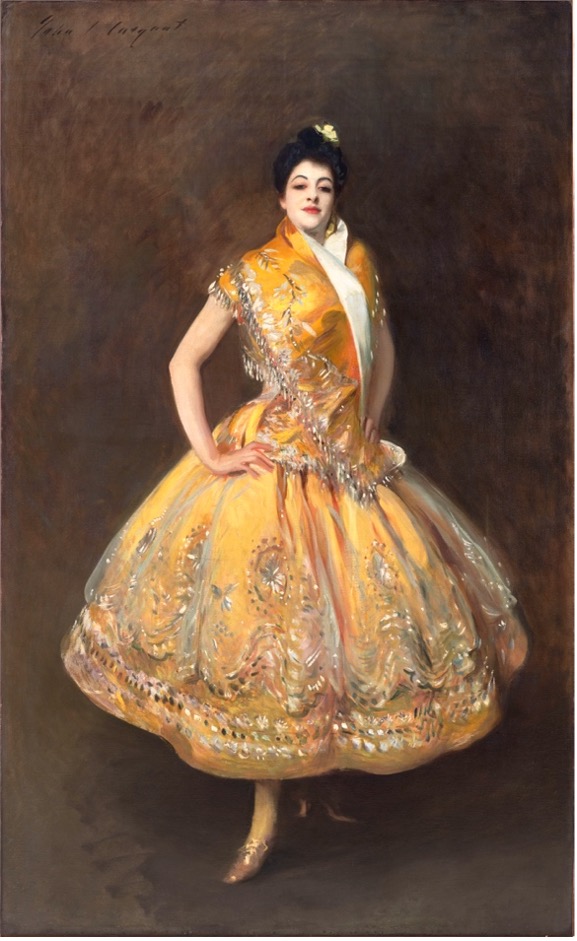
La Carmencita, 1890
Paris, musée d'Orsay. Photo © Musée d'Orsay, Dist. RMN-Grand Palais / Patrice Schmidt
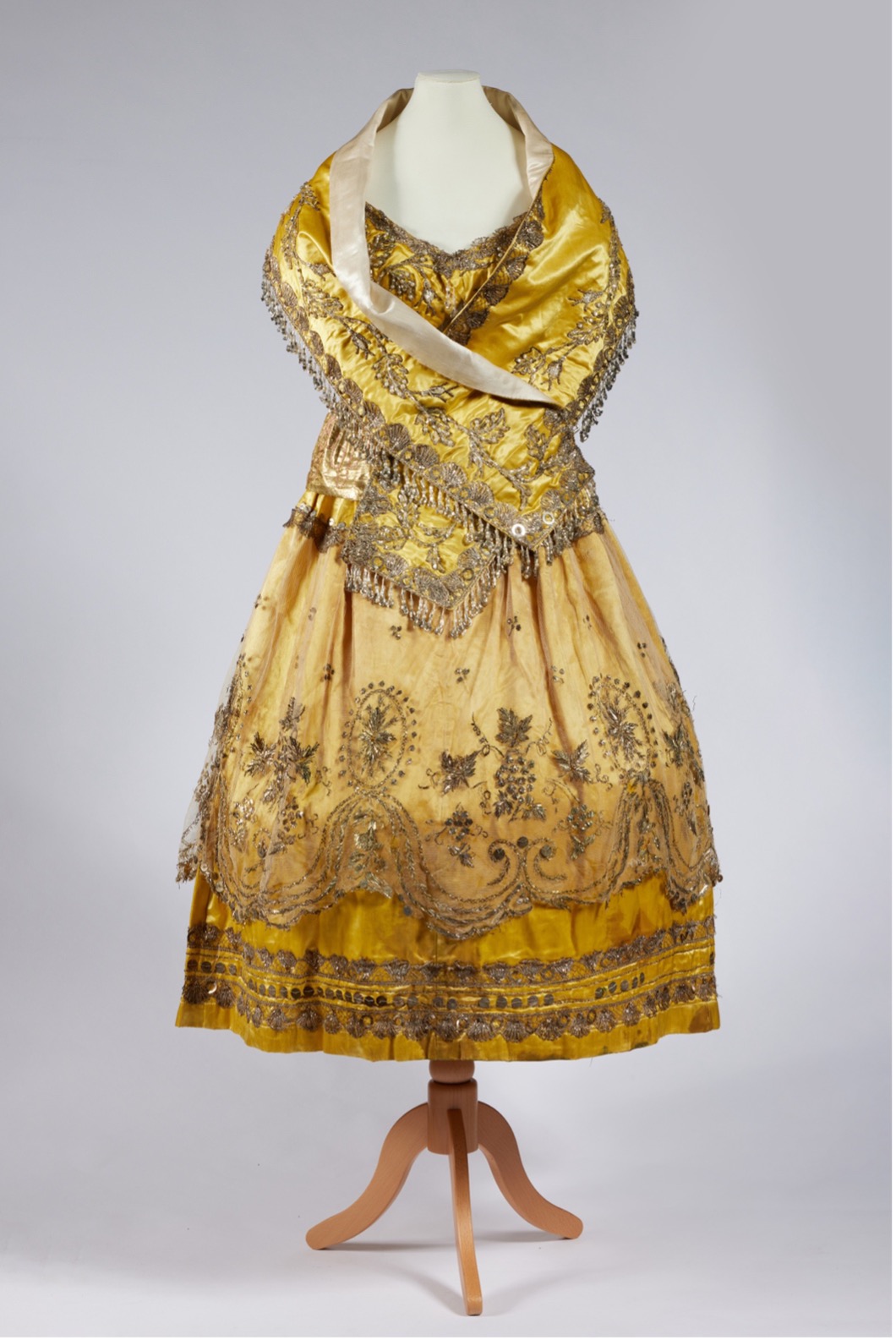
Silk, net, beads, sequins
Private Collection © Houghton Hall
John Singer Sargent had the powers of observance with the brush, as Edith Wharton with the pen. It’s somewhat ironic there has been an inverse snobbery in art critic circles towards Sargent, dismissing his work as frivolous and skin-deep, when he was the favoured portrait artist of the rich and famous in his day. Such was his success that by the 1880s he was able to choose his sitters, rather than the other way round. But nearly 100 years after his death, the tables have turned again and Sargent is back in vogue.
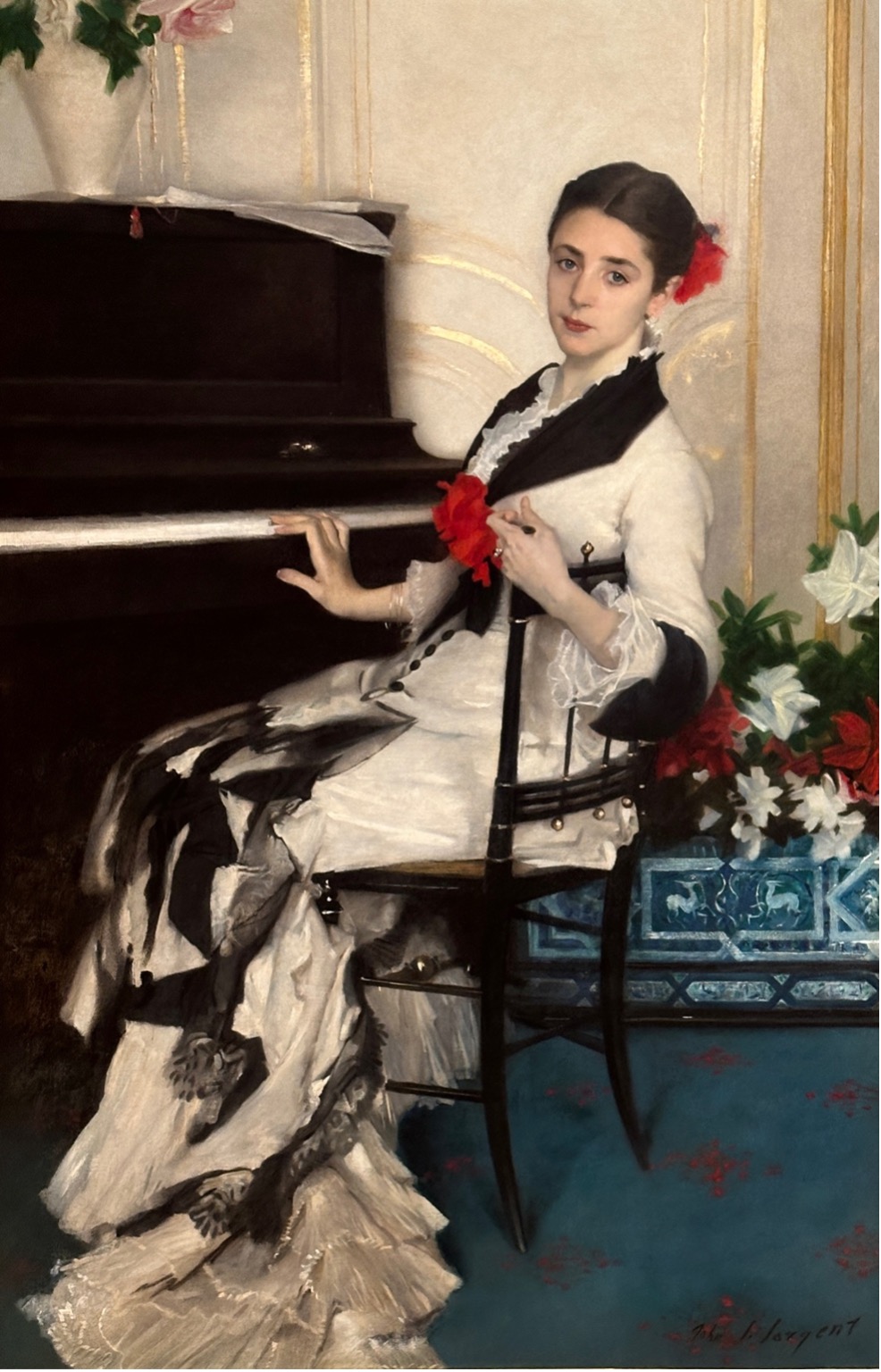
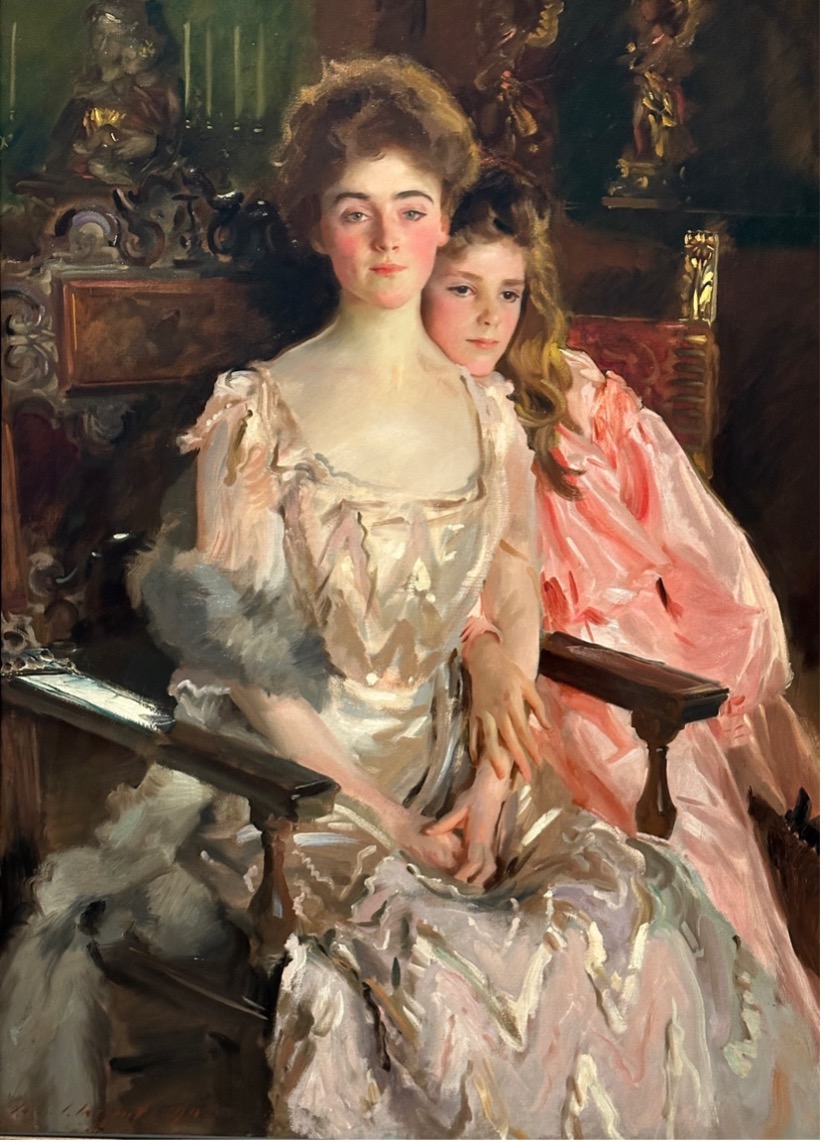
This vogue element is the central element of this dazzling exhibition, a collaboration between Tate Britain and the Museum of Fine Arts in Boston, pairing portraits with fashion. What struck me was the sumptuousness of the dresses and how gorgeous the sitters looked in their ‘set piece’ constructs. Compare this epitome of elegance with a few of the calamitous creations seen on the catwalks during Fashion Weeks 100 years later, and it makes you wonder what indeed has gone awry in the sartorial world.
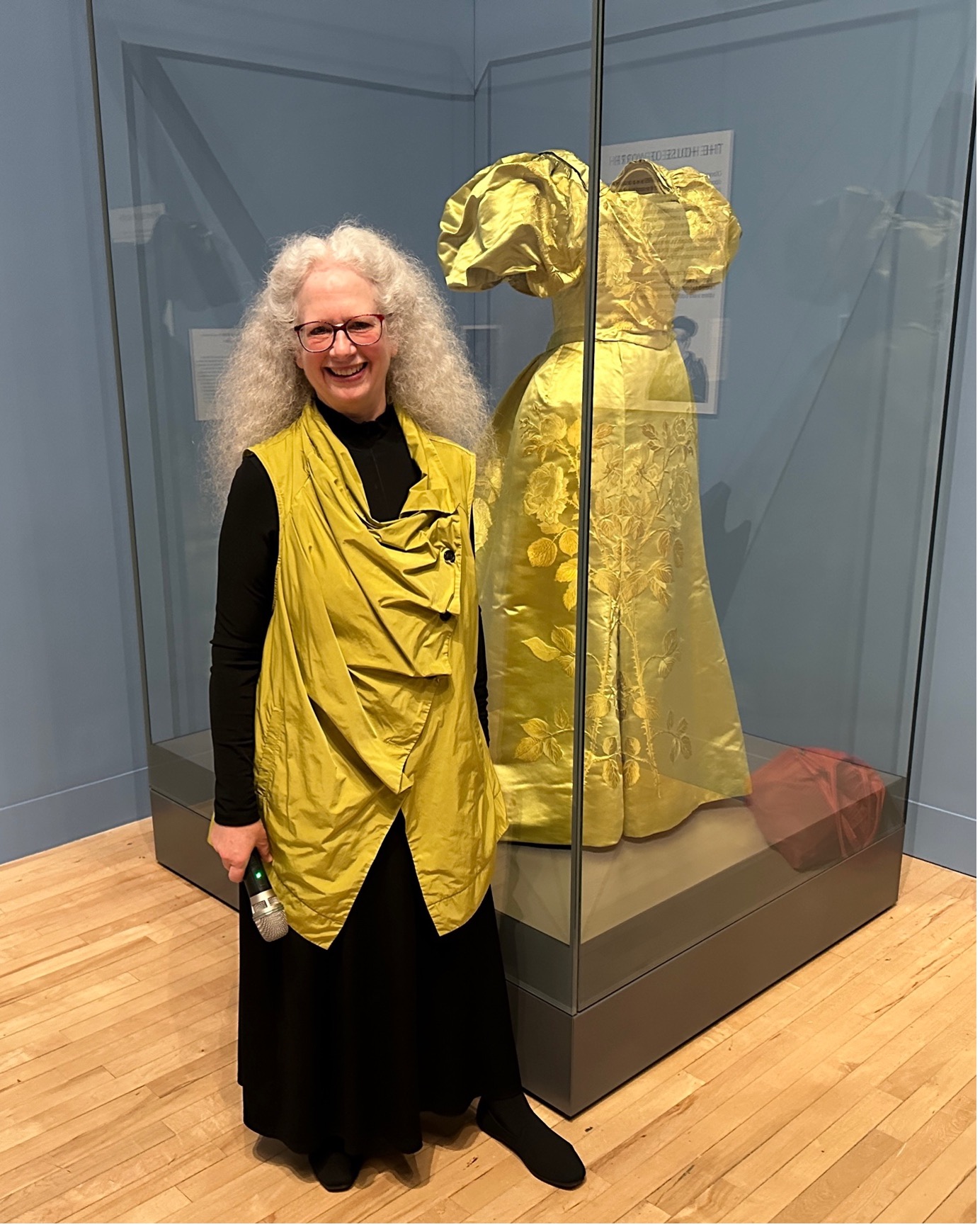
While the exhibition is ablaze with a richness of colour, in velvets, satins and chiffons, Sargent was brave enough to become a master in black. A highlight of the exhibition is Madame X, Mme Pierre Gautreau, who is drop dead stunning in a black velvet bodiced dress, setting off her flawless ivory complexion. It was very nearly banned at the time as being too sexy.
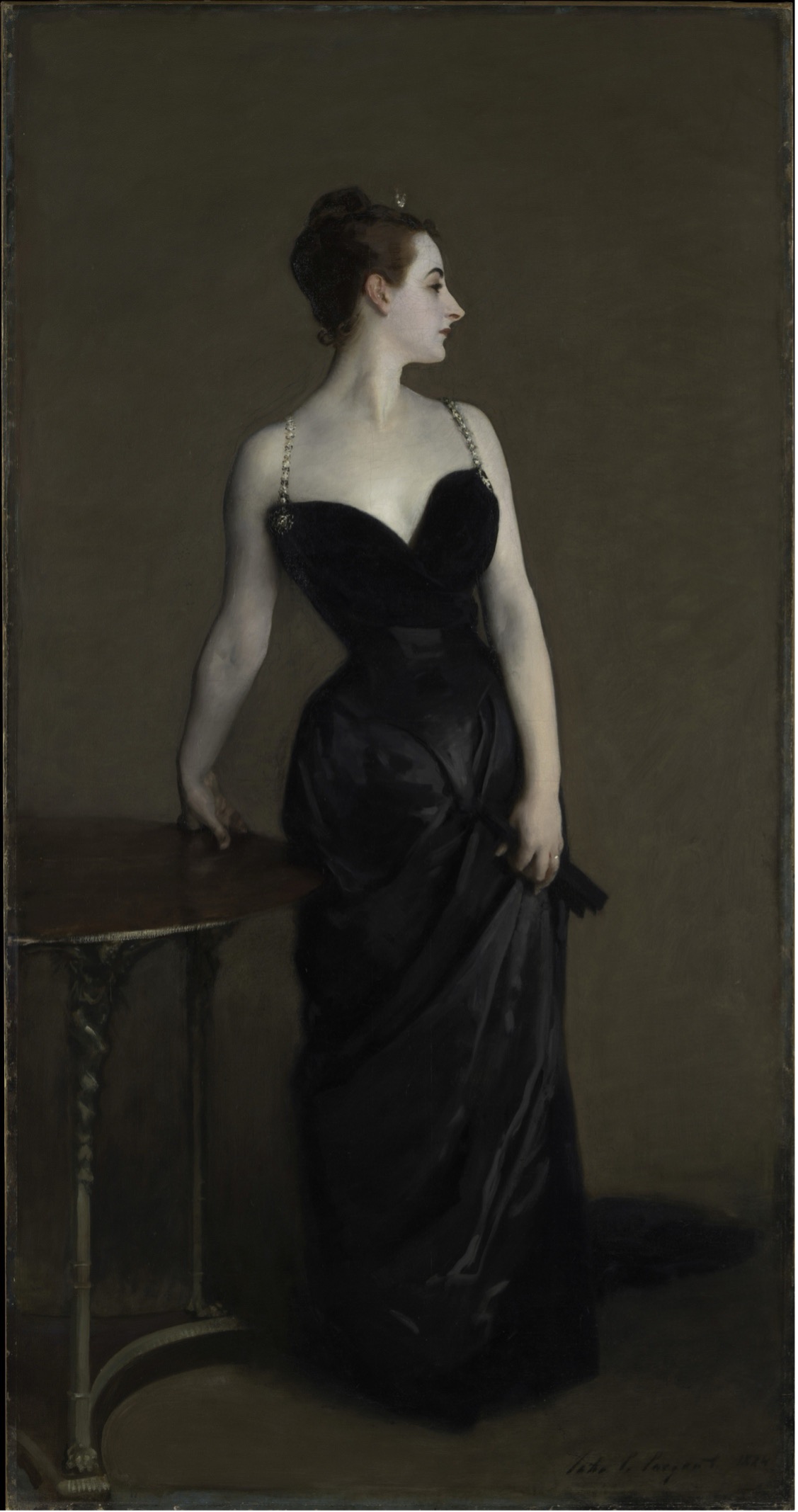
Madame X, 1883-84
Lent by The Metropolitan Museum of Art, Arthur Hoppock Hearn Fun, 1916 (16.53). Image copyright The Metropolitan Museum of Art/Art Resource/Scala, Florence
What to look out for at Sargent and Fashion at Tate Britain
There are some gems to behold and here is SPHERE’s curated tour of the exhibition.
The actress Ellen Terry as a demonic Lady Macbeth, clad in a beetle cloak raising the crown above her head.
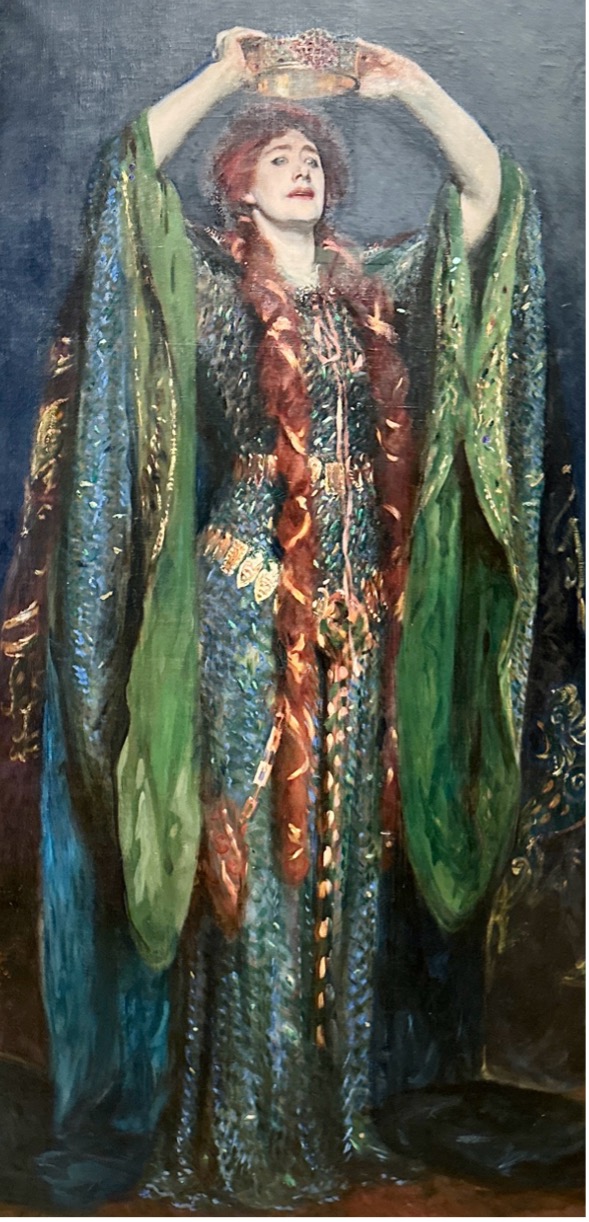
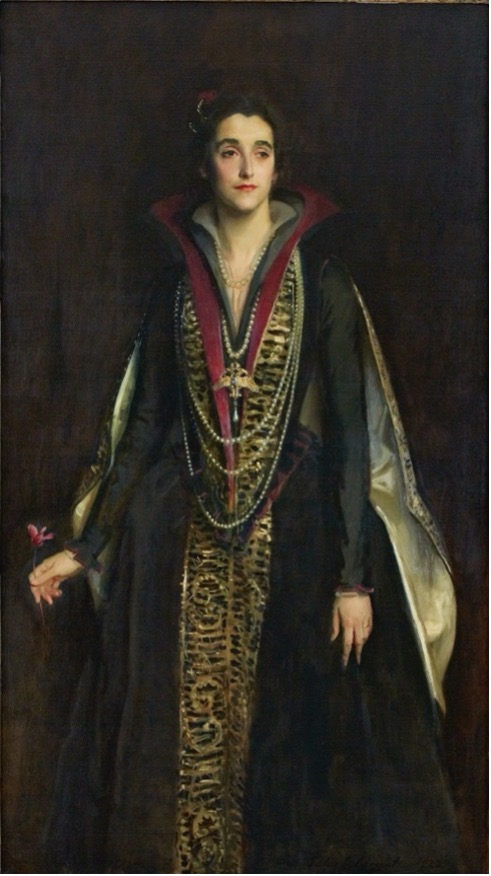
The Countess of Rocksavage, later Marchioness of Cholmondeley, 1922
Private Collection. Photo © Houghton Hall

Black and cerise silk velvet, decorated with metal thread lace.
Private Collection. Photo © Houghton Hall
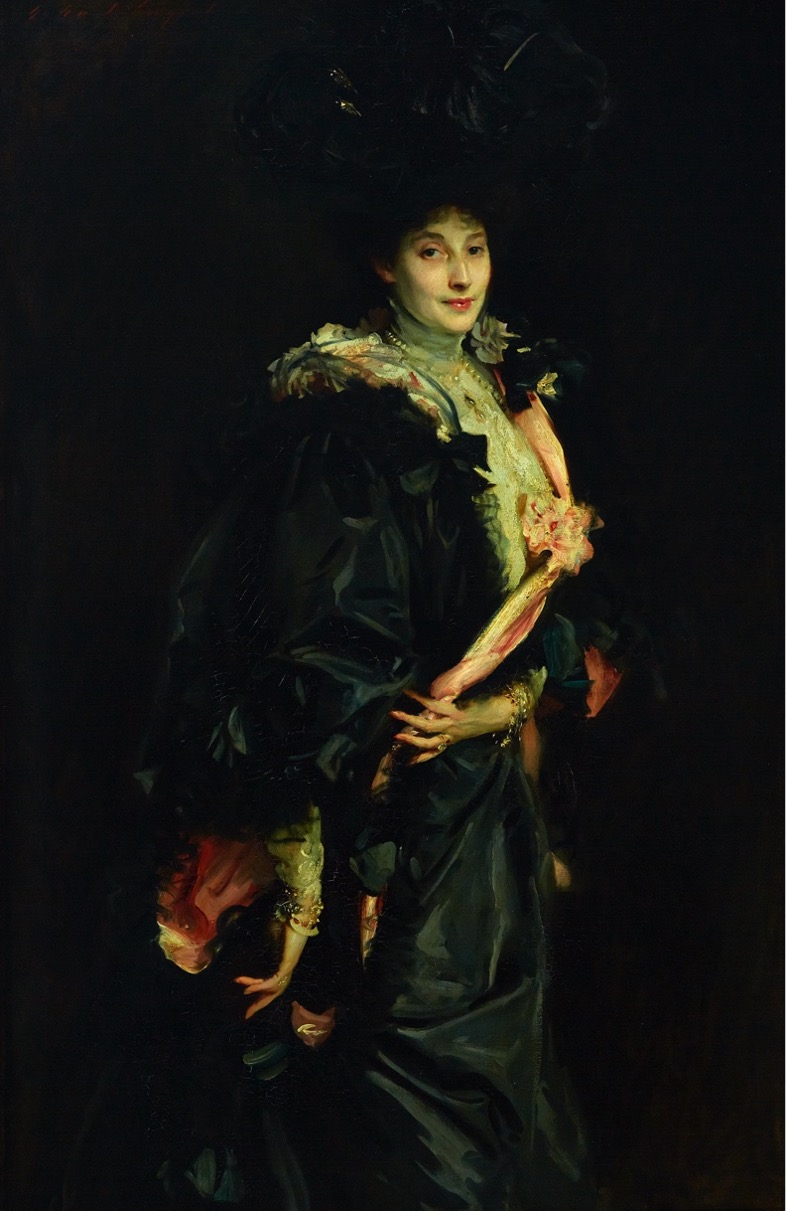
Lady Sassoon, 1907
Private Collection. Image © Houghton Hall
The theme of the exhibition means that women and their dresses are central, but Sargent was also a ‘dab hand’ in his portraits of men. See the portrait of the sword-bearing Charles Stewart for the Coronation of Edward VII. He was the Penny Mordaunt of his day and we hope a fine artist has captured Mordaunt in oils. And of course Dr Pozzi at home in his flowing red dressing gown and Turkish slippers. An audacious portrait of a daring man.
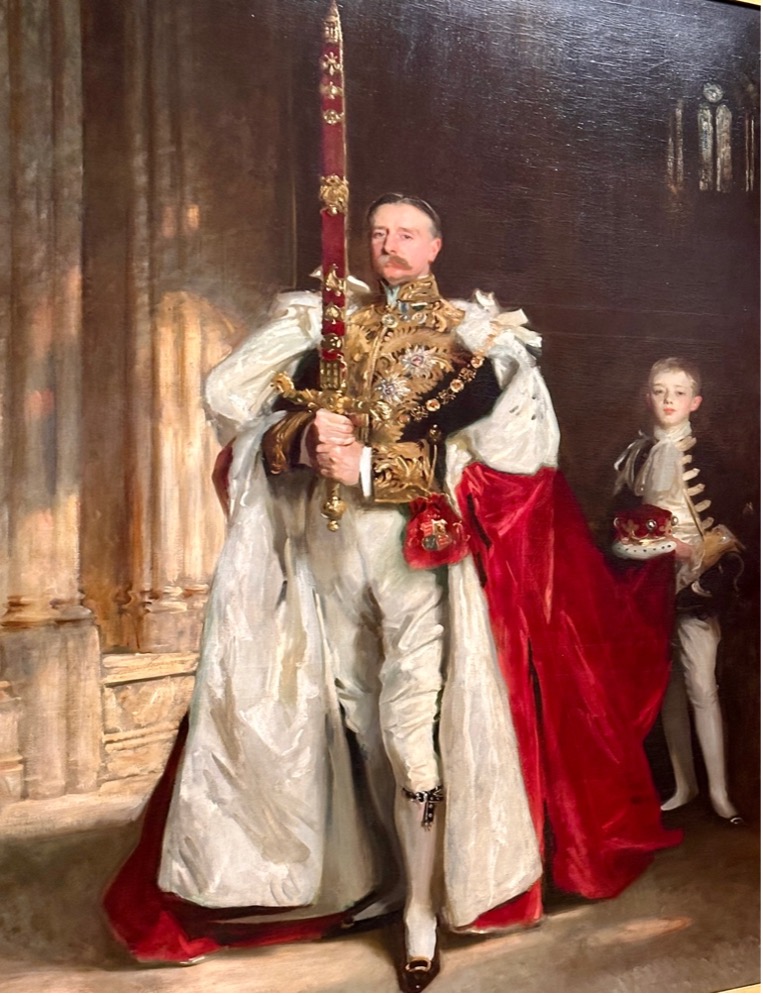
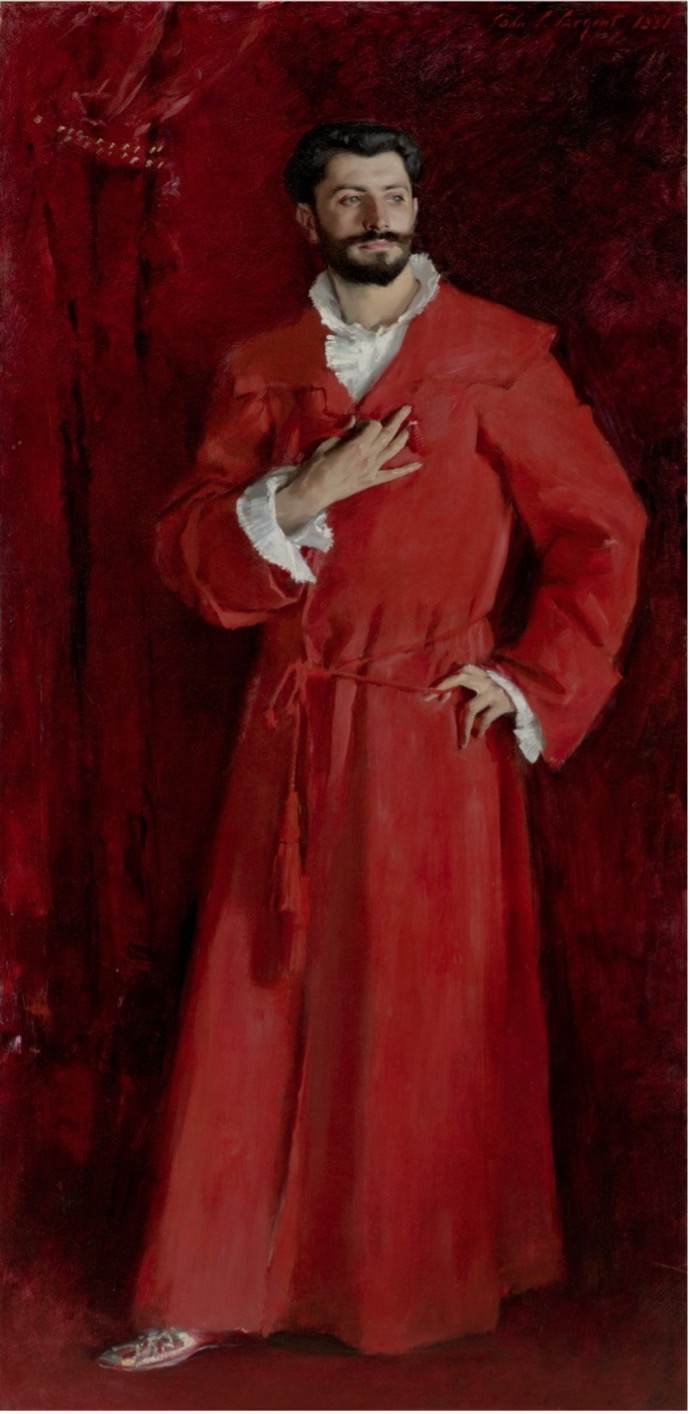
The Armand Hammer Collection, Gift of the Armand Hammer Foundation. Hammer Museum, Los Angeles
Sargent and Fashion, Tate Britain until 7 July 2024
